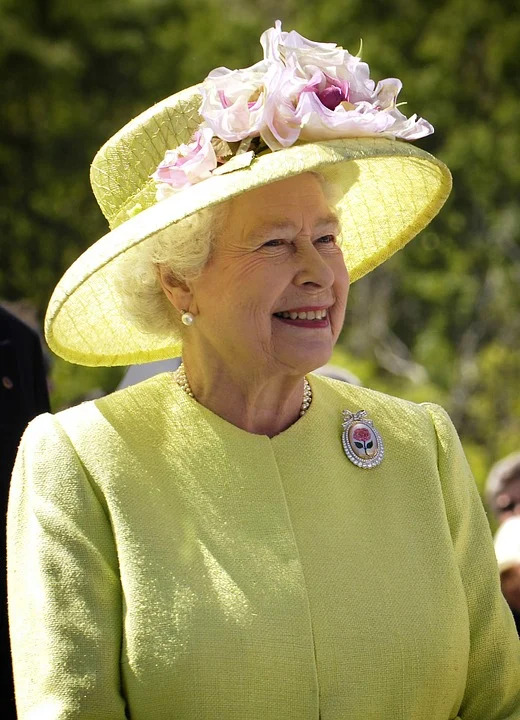Aesthetics and politics
You would have good reasons to question if I say that politics is concerned with aesthetics, that is, of beauty, of grace, of the appeal of form. Political communication (the language, messages, text messages, allusions, slogans) seems all but manifestations of aesthetics.
Nevertheless, unintentionally nor noticing it, politicians have been giving themselves a new image for some time now. An image capable of conveying a clear and unusual message, which politics turns into aesthetic language. However, with a warning: the ‘beauty of politics’ is more of a feminine nature.
Just take a look at todays’ courtrooms of parliament to immediately see novelty. The spaces have been occupied by masses of blue clothing, or a mass of grey, timidly interrupted by a series of ties also dotted with blue. Nowadays, the spaces seem to be overwhelmed by a phantasmagoria of colours, bright and flirtatious, accompanied everywhere by black, brown or golden hair,rarely interrupted by some moderate and accurate silver hairdos.
Women in politics
What is new is the fact that a large number of male parliamentarians has shrunk to make space for a large quantity of females. They borough into those “grey and sordid” courtrooms (and which the fascism cloaked them in black) a sense of imagination, freedom, and a poetic presence. All dressed in skirts, trousers, blouses, various jackets, adorned with necklaces, earrings and brooches (which in fact compose a symphony of colours). The female MPsmake the blue or black funerary of the past disappear,which in those chromatic triumph flattens until it almost disappears to give way to the liveliness of the whole.
That is not to say that politics itself has changed for the better. Maybe it was that easy. The fact remains that the novelty, for the purely aesthetic moment, constituted a change of image that could perhaps go a long way, proof of the fact that what is beautiful could also be good. Of course, it cannot be thought that Angela Merkel’s jackets and trousers, Christine Lagarde’s suits or Ursula von der Leyen’s pink sweaters can change the meaning of European politics. But the idea of seeing personified, so to speak, covered by a form tending to beautiful ideas and the projects of the policy creates a kind of counterbalance to the words recited in a bench of parliament.
New relationships between aesthetics and politics
Perhaps political ideas always remain the same. But you can’t help but compare the jackets and the blue ties of Antonio Taiani, the rough t-shirts flaunted by Matteo Salvini or the fluttering dresses of Giorgia Meloni, whose sartorial touch brings together weights and measures;sometimes inviting the eyes to focus on a soft braid hanging over the shoulders.
The eyes demand their part, which explains, by the way, why the ceremony of oath of the of the new government before the President of the Republic, in 2019, has created some controversy about women’s clothes – especially that of NunziaCataldo, minister of Agriculture, who wore a bright blue dress down to her feet, deemed too flashy in a group soberly dressed in black.
It is intended that this relationship between aesthetics and politics, mostly due to female sensitivity, has nothing to do with fashion, for which, as observed Georg Simmel “you cannot prove the slightest reason for its forms in relation to practical or aesthetic or other purposes”. In any time in which the feminine elements have prevailed in politics, from Elisabeth I to Catherina of Russia to Victoria (she however imposed a funeral imprint on the fashion of her time), the relationship between aesthetics and politics remained contained to the capricious evolution of taste. What has changed this relationship today has been the excessive exposure to the eyes of the community due to television, which has imposed different relationships between fashion and public appearance (interviews, debates, filming of parliamentary work), where the brutally exposed image does not detract from the eloquence and reasonableness of the discourse. It somehow makes it a further reason for attention.
Is this change due to new media?
While the ears pay attention to the words, the eyes dwell on the colours, on the cut of the dresses, on makeup or hairdos. As you know, the aesthetic gaze obeys logics extraneous to reflective thinking. It addresses things with an attention that looks elsewhere. Sometimes it can even dwell absently on shirts,immaculate or wrinkled, as Matteo Renzi or Nicola Zingaretti love to present themselves to their electors.
This relationship with politics opens a new path for aesthetics, impervious and tortuous, that takes it away from reflections on art to bring it closer to those on everyday objects, on industrial objects, on the growing society of images. Since the days of Baudelaire, aesthetics has stopped searching for the sublime of art to venture alone into the alleys of the city. Eventually it came across a bourgeois parliament, where it casually sat, participating seriously and competently in the debates, but without forgetting the handbag and the mirror.
I don’t know if this novelty will change world politics, but it is certain that this is a novelty. We will, in all senses, see.








